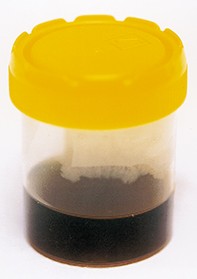Peer Reviewed
Feature Article Urology
Investigating the child with haematuria
Abstract
Haematuria in children is usually detected incidentally. This article describes a stepwise approach to evaluation.
Key Points
- Dipsticks can detect as few as 5 red blood cells per µL of urine. The normal range is less than 10 cells/µL.
- Children with haematuria should be assessed differently to adults.
- The temporal relationship of recent infections with the haematuria should be established carefully.
- All children with haematuria require a urine microscopic examination and culture.
- The nature of haematuria is variable, and therefore several urine samples should be tested, at intervals of one to two weeks, to confirm initial findings. If haematuria is confirmed, further evaluation is required.
- Macroscopic haematuria requires prompt evaluation, and a diagnosis is usually determined. Microscopic haematuria is usually transient and benign, and arriving at a firm diagnosis is often difficult.
Purchase the PDF version of this article
Already a subscriber? Login here.

